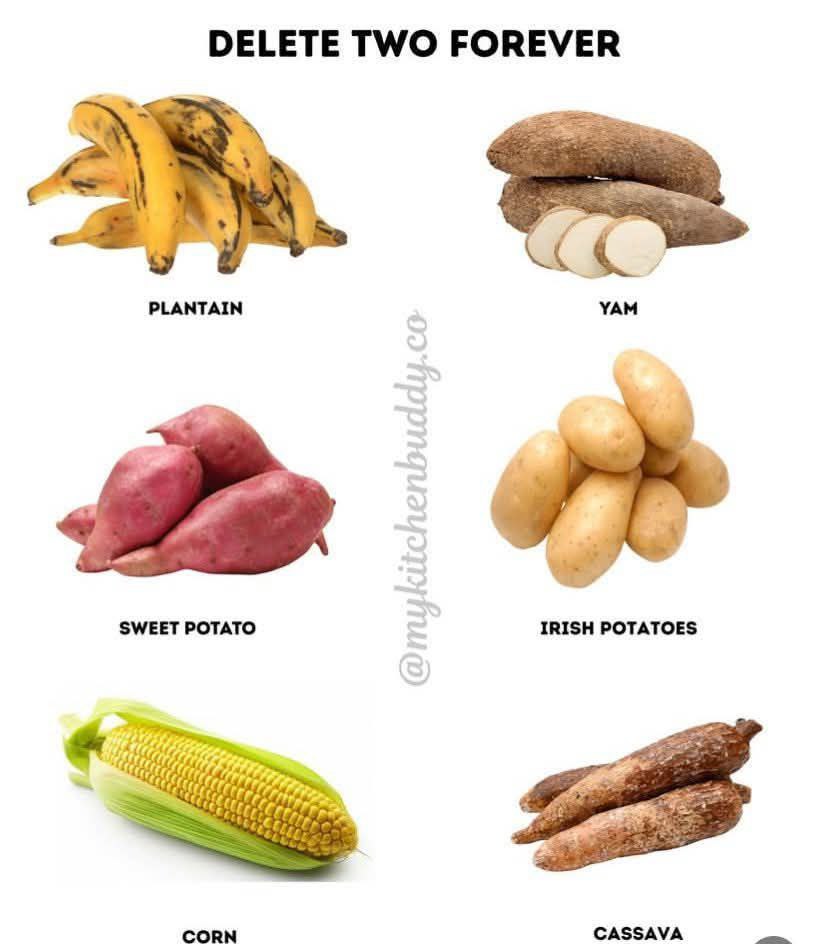Culinary Dilemma: Which Two Staples Could You Live Without?
In a world rich with culinary diversity, food staples play an essential role in defining regional diets, food security, and cultural identity. A recent visual challenge making rounds on social media poses a provocative question: “Delete Two Forever” — with six globally loved staples in the spotlight: plantain, yam, sweet potato, Irish potatoes, corn, and cassava.
This playful yet insightful prompt forces food lovers to consider what ingredients are truly indispensable in both everyday cooking and cultural cuisine.
🌍 A Global Lineup of Staples
Let’s briefly explore each of the six staples and their significance around the world.
1. Plantain
Widely consumed in Africa, the Caribbean, and parts of South America, plantains are a starchy, less-sweet cousin of the banana. Whether fried, boiled, or roasted, they serve as a versatile base or side dish across cultures.
2. Yam
Not to be confused with sweet potatoes, yams are starchy tubers popular in West African, Caribbean, and Asian cuisines. Yams are essential in dishes like Nigerian pounded yam, a cornerstone of traditional meals.
3. Sweet Potato
Rich in beta-carotene and dietary fiber, sweet potatoes are beloved for both their nutritional value and flavor versatility. From American Thanksgiving casseroles to East African stews, they bridge the gap between health and taste.
4. Irish Potatoes (White Potatoes)
Arguably one of the most globally utilized staples, Irish potatoes are the cornerstone of dishes ranging from mashed potatoes in Europe to fries and stews worldwide. Their mild taste and texture make them a go-to comfort food.
5. Corn (Maize)
A grain and vegetable, corn is vital in many cultures. From tortillas in Latin America, cornmeal porridge in Africa, to popcorn and grits in the US — it’s hard to imagine a world without corn.
6. Cassava
Cassava (manioc) is a drought-resistant root that’s a lifeline for millions in tropical regions. It’s the base for garri, fufu, and tapioca, offering both utility and satiety in food-insecure environments.

